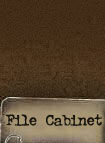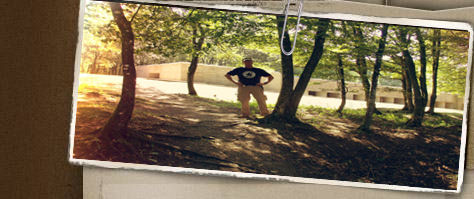|

File No.:
Case File # 17
Title: La Tranchée des
Baïonettes
Subject:
WW1
Trench of the Bayonets, French
Battlefield Legend
Investigation made at:
Douaumont, Meuse-Argonne Region,
Northern France
GPS Location: 49°
12' 49.44" N 5°
25' 32.91" E
Period Covered: 10 JUN
1916 to 12 JUN 1916
Date: 04 SEP 2012
Case Classification:
Possible battlefield myth
Status of Case: Case
Closed
Introduction: In the
Verdun Region of Northern
France, the "Trench of the
Bayonets" or "La Tranchée des
Baïonettes" in French, is a
popular tourist attraction among
many other World War One (or:
"Great War") battlefield sites
and monuments.
|
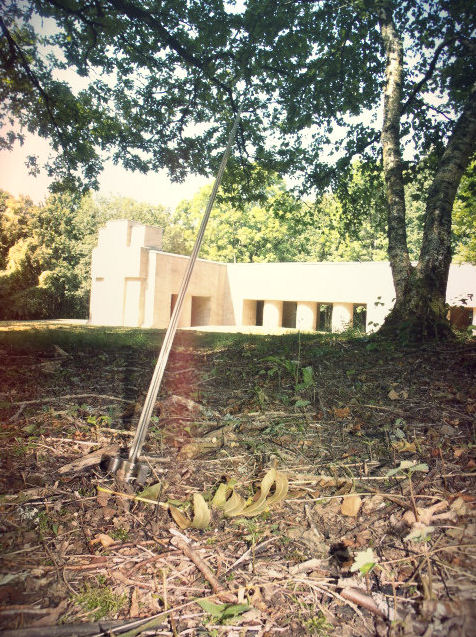
|
REASON FOR INVESTIGATION:
It became known to this agency
that the story of La Tranchée
des Baïonnettes (Trench of the
Bayonets) is a mixture of
factual history and battlefield
myth.
In this Case File # 17 we
attempt to shed light on this
subject. |
SYNOPSIS:
On 12 JUN 1916, this entrenched
French position was a part of the
terrain forming a salient west of
Fort Douaumont, known as the
"Thiaumont Redoubt". Their enemy,
the Germans, planned to capture this
location prior to launching their
main offensive on 23 JUN 1916.
Two battalions of the French 137th
Infantry Regiment, deployed at the
frontline since the 10 JUN 1916,
under intense artillery fire and
were soon cut of from the rest of
their unit. By nightfall of 11 JUN
1916 Company "3" of the 137th had
sustained 94 casualties of its
original strength of 164 men.
The remnants of the Company were
positioned in a row of exposed
trenches under direct observation of
German artillery spotters. The
artillery fire on the position
increased in the early morning hours
and the remainder of 137th Regiment
was practically annihilated.
|
 |
Only after the Armistice of 11 NOV
1918 French grave registration units
surveying the battlefield found
clues as to the fate of the men in
Company "3".
Their trench was discovered
completely filled in with dirt, but
along a certain stretch of it, at
regular intervals rifles with
bayonets still fixed, protruded from
the ground.
The period story had it that on
excavation, the remains of a French
"Poilu" (infantry soldier) were
found beneath each rifle. |
|
(Click on the
thumbnails to enlarge)

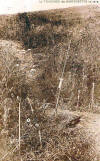
Period impression
of the trench shortly after the war |
The Legend
This discovery, combined with
statements from surviving members of
neighboring units, led to the
theory, or perhaps the "myth", that
the men in Company "3" had placed
their rifles on the parapet ready to
repel any attack and - rather than
abandon their trench - had all been
buried alive by the German shelling
on their posts. When the story of
the Tranchée des Baïonnettes was
told it caught the world's
imagination. |
Plans for a Monument
In JAN 1919 Colonel De Bonnefoy,
commanding the 137th, had a small
wooden monument erected close to the
trench.
|
|
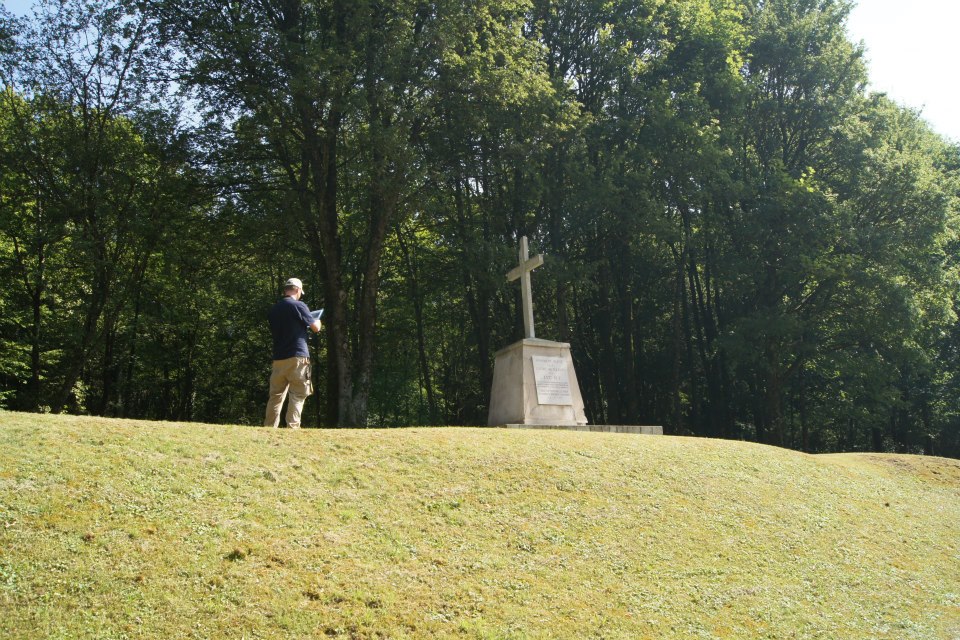 |
|
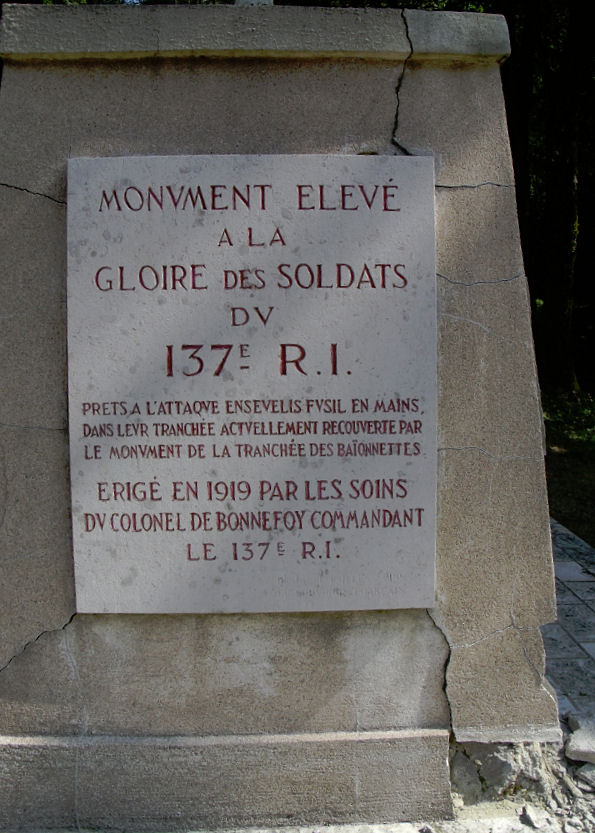 |
A wealthy American industrial, Mr.
G.F. Rand, funded the construction
of the Tranchée des Baïonettes
Monument which can still be visited
today.
He approved the design of French war
veteran and architect André Ventre
and construction of the monumental
entrance to the Monument with its
impressive steel gate started.
|
|
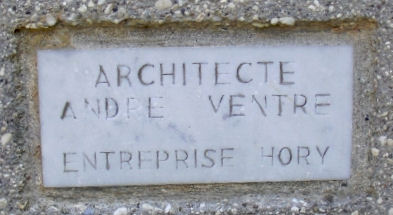 |
|
(Click on the
thumbnails to enlarge)
_small.jpg) _small.jpg) _small.jpg) _small.jpg) 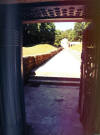 |
A
paved pathway with walls with the
appearance of a sandbagged trench
leading to the concrete roof over
the trench (leaving the trench
intact as much as possible) and a
paved path, leading from the D913
Highway to the gate were also
constructed.
|
|
(Click on the
thumbnails to enlarge)
_small.JPG) _small.jpg) _small.jpg)  _small.jpg)
 _small.jpg)   
|
The story has it that during
construction work, more remains of
French soldiers were discovered.
The D913 meanders through the former
battlefields and leads visitors to
other local Great War landmarks such
as the Ossuary of Douaumont, the
Verdun Monument Museum and the
destroyed villages of
Fleury-devant-Douaumont and
Bezonvaux. |
|
(Click on the
thumbnails to enlarge)
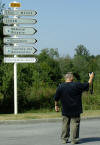
D913
_small.jpg) _small.jpg) _small.jpg) _small.jpg) _small.jpg)
Ossuary of Douaumont

Verdun Monument Museum
_small.jpg) _small.jpg) _small.jpg) _small.jpg)
Destroyed
village of Bezonvaux |
|
During a dedication ceremony the
Monument was opened by Alexandre
Millerand, President of the French
Republic, in the presence of the
ambassador of the United States, on
8 DEC 1920. |
|

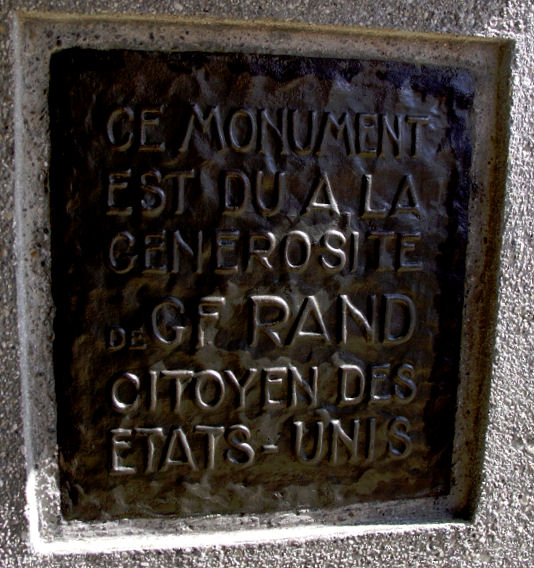 |
|
Theories
Different theories about the fate of
the last men in Company "3" have
evolved over the years.
Their mass deaths are hypothesized
to have been cause by a possible
German gas attack or concussion from
exploding artillery shells.
This may have been followed by
Germans overrunning the salient and
hurriedly filling in the trench due
to hygienic reasons.
They may have used the rifles and
bayonets as makeshift markers for
the position of the fallen French
soldiers for later exhumation and
reburial.
From a period photograph we learned
that mass and sudden death of entire
unites in their trenches was not
uncommon in World War One. This
photo shows German soldiers and was
published in "Le Miroir" of 7
NOV1915. |
|
(Click to enlarge)
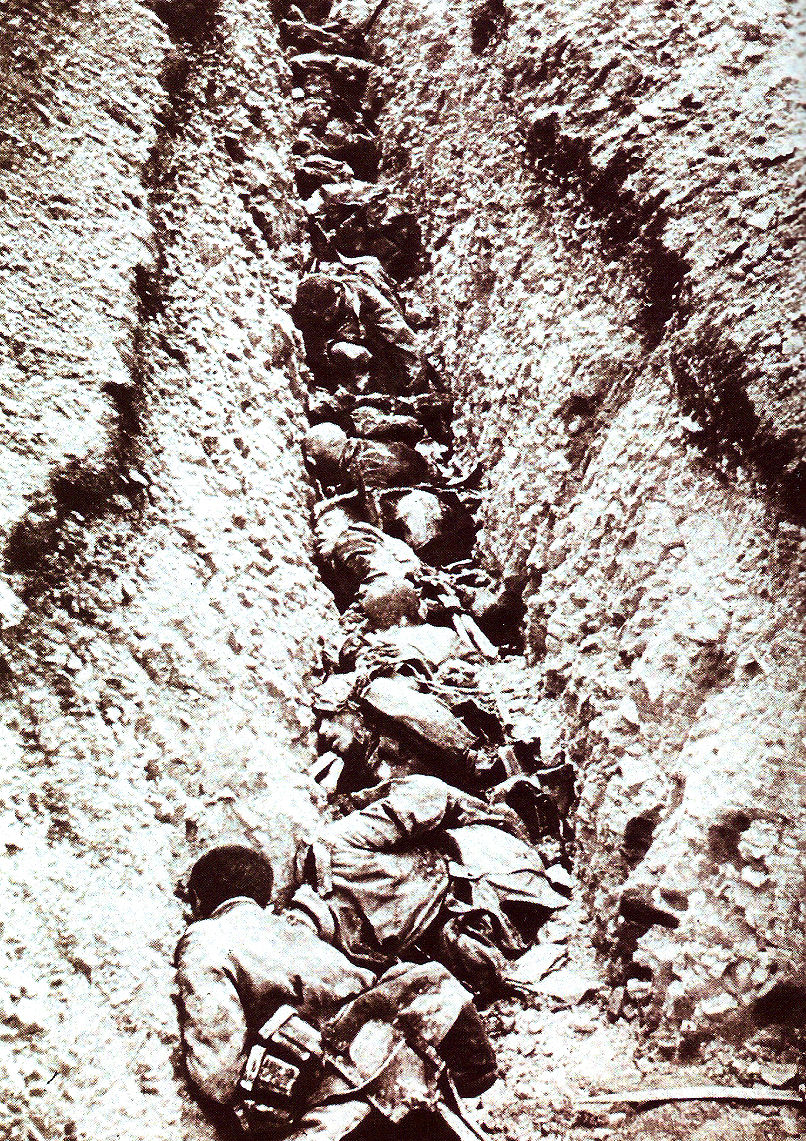
Sudden massive
death in World War One trench |
|
Note that the image shows all
soldiers lying slumped down and that
not a single rifle can be seen.
Form archeological finds on the
battlefields, "Combat Scene
Investigation", it is known that it
was a common habit to bury soldiers,
especially enemy dead, where they
had fallen. The decomposition of
large numbers of human remains posed
a serious and often lethal threat to
those who had to continue the
fighting. |
|
(Click to enlarge)
.jpg)
German soldier in
a shell crater |
(Click to enlarge)
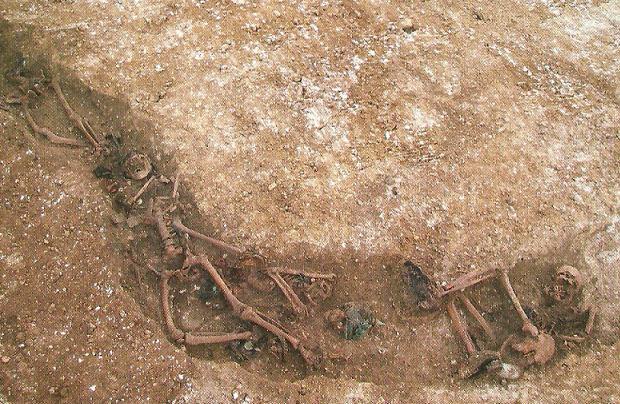
German soldiers buried in their
trench |
|
This image shows another possible
cause for the burial of the French
soldiers; however a less likely one.
Their own Motherland caught them in
quicksand: |
|
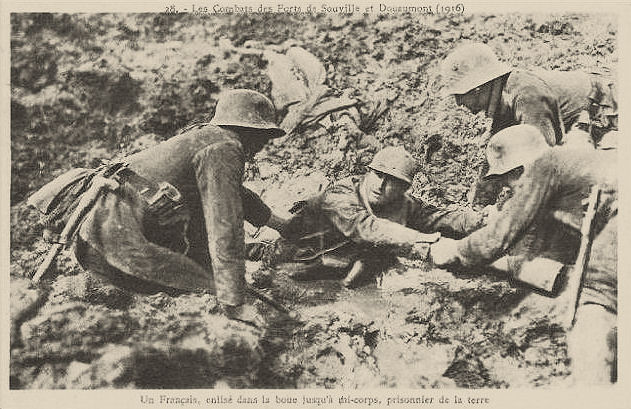 |
Mystery
What happened here exactly will,
most likely, never come to light
completely.
However, the legend persists because
whatever happened was an epic
display of gallantry and sacrifice
by the French infantry men and vivid
documentation of the intensity of
Great War combat in the Verdun
region.
La Tranchée des Baïonettes
symbolizes what makes Verdun a
significant event in military
history.
It also illustrates that post war
accounts are not always objective,
impartial and accurate, to say the
least. |
Battlefield Visit
Today , the Bayonet Trench can be
visited freely.
When we visited the monument in
September 2012, we found a raised
ridge of khaki colored dirt, rather
than a lengthy shallow indentation
which one would expect when visiting
a trench.
|
|
(Click on the
thumbnails to enlarge)
_small.jpg)
_small.jpg)
_small.jpg)
_small.jpg)
Impression of the
interior of the covered trench |
|
In the dirt we discovered the rusty
remains of five (5) French Lebel
bayonets protruding from blocks of
concrete. |
|
(Click on the
thumbnails to enlarge)




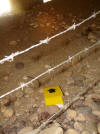
5 stumps of French Lebel bayonets
cast in concrete blocks
|
|
It is our theory that these features
have been added by French
authorities in the years after the
monument dedication.
Although presumably cast in concrete
blocks from the pommel to the
bayonet attachments with the intent
to prevent theft, their x-shaped
blades had all disappeared.
We placed an intact period Lebel
bayonet next to one of these
"stumps" in the same angle to
demonstrate what could once be seen
here. |
|
(Click on the
thumbnails to enlarge)
_small.jpg)
_small.jpg)
_small.jpg)
_small.jpg)
_small.jpg)
Intact French Lebel bayonet |
Recreation of Combat Scene
Just for illustration purposes
for this publication we staged a
scene of what we theorize what the
site must have looked like shortly
after the discovery of the Trench of
the Bayonets: |
|
(Click to enlarge)
.jpg)
.jpg)
 |
EXHIBITS
Images of what the trench would have
looked like prior to the death and
subsequent internment of the men of
Company "3" of the 137th Regiment.
|
|
(Click to enlarge)
.jpg)
.jpg) |
|
 |
|
Back to Case Files
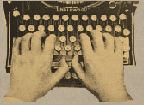 |


